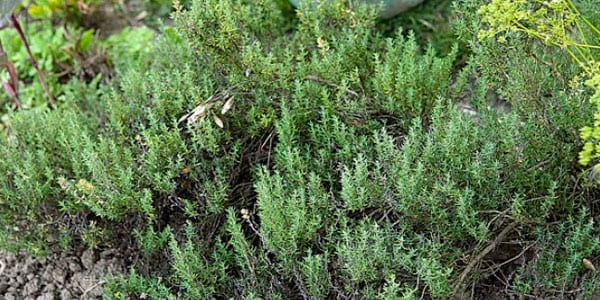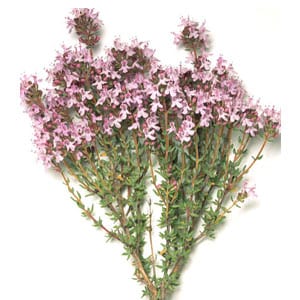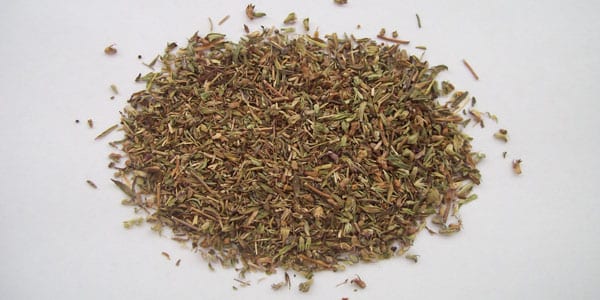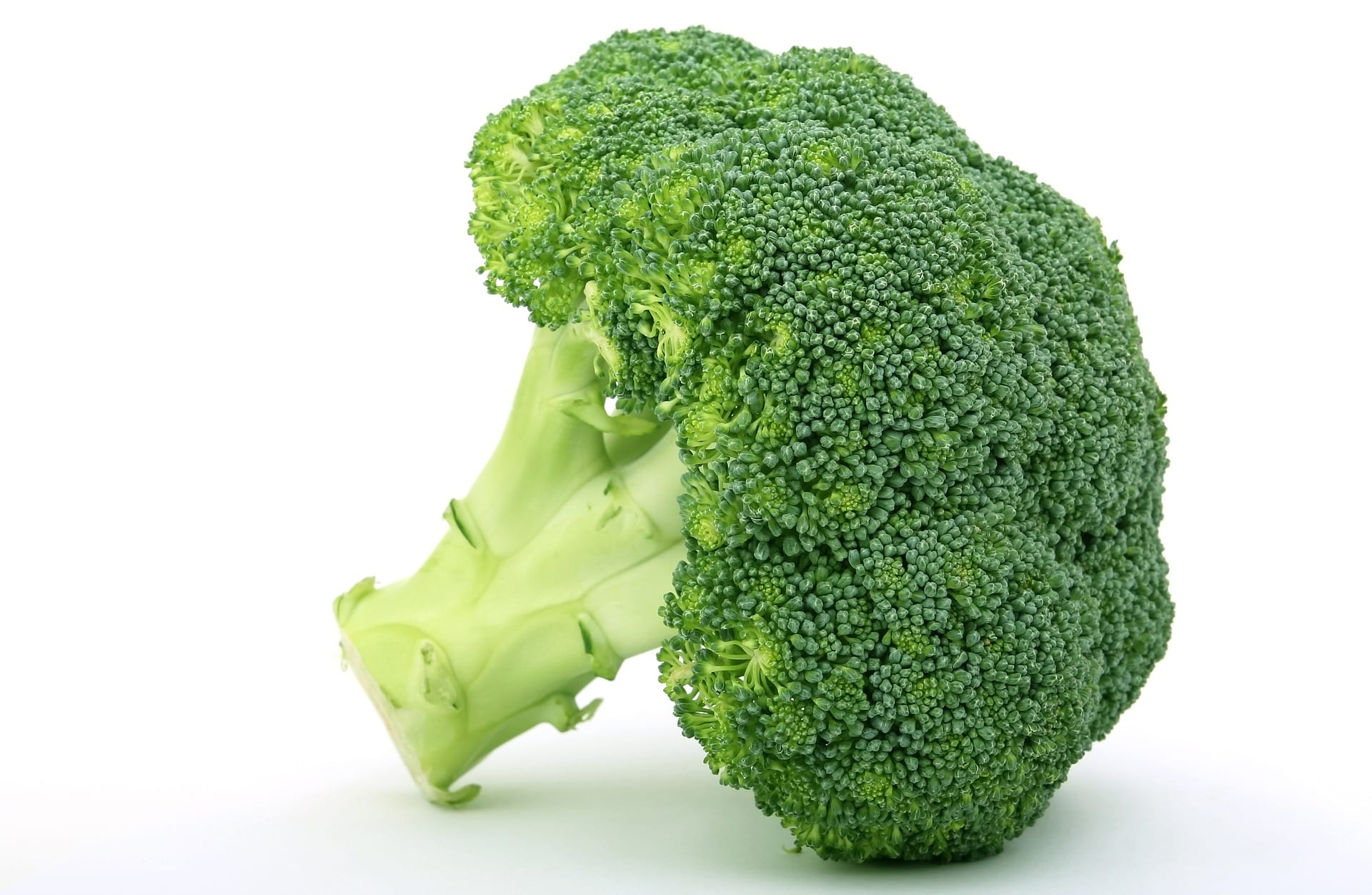Write: Tomás Franco. Author of Manual for Spices
The leaves and flowering tops of the thyme commonThymus vulgaris L.) of the family "Lamiaceae" they are the most used for culinary uses. Actually this corresponds to the cultivated version of the wild thyme Mediterranean type,, but the diversity of this spice is immense. It is considered that there are more than 100 different varieties around the world. Some of the best known are the following:
- Red thyme or sauce "hike”, Frequent in Spain and important in the beekeeping sector.
- Serpol "serpyllum”, Softer than common thyme.
- Lemon Tree "citriodorus”, With a lemon scent.
- Citrus "pallasianus”, With an orange scent.
- Wide blade "pulegioids", Weaker in flavor than common thyme.
- White “mastichina”, endemism of the Iberian Peninsula rich in essences.

Thyme It is used in beef, lamb, rabbit and other game dishes. Also in meat stews, stews, broths, soups and sauces. Likewise, in fish dishes and especially with chicken meat, with vegetables, legumes, greens and cheeses. For the preparation of cooked sausages, especially sausages; in the preparation of canned meat and fish, in patés, pickles, marinades, marinades and vinaigrettes. In the recipe of murcian roast It is a must to add to potatoes.
Thyme pairs well with other spices
Although it is recommended to use it in moderation for intensity of its aroma, thyme supports long and slow cooking very well. Thus adding a base note that blends in with the other flavors. Congenia with garlic, onion, basil, bay leaf, lavender, parsley, savory and always with red wine. Especially enhances the preparations with tomatoes and also with cheese of any kind.

Tomatoes with eggs and thyme
Ingredients:
- 4 meaty tomatoes
- shawl
- ground black pepper
- crushed thyme
- butter
- 4 eggs
- parsley
Preparationón:
- Wash and dry the tomatoes, remove the top and empty them with a teaspoon.
- Let the tomatoes drain by placing them upside down.
- Sprinkle the inside with salt, ground black pepper and crushed thyme.
- Put a knob of butter in each tomato.
- Prepare some buttered molds to place the tomatoes.
- Fill each tomato with an egg.
- Place in the oven at 220ºC for 10 minutes.
- Sprinkle with parsley before serving.
Compositionón nutritional
| Energy (kJ / 100 g) | 1515 |
| Energy (kcal / 100 g) | 359 |
| Carbohydrates (g / 100 g) | 63,9 |
| Sugars (g / 100 g) | 1,7 |
| Total fat (g / 100 g) | 7,4 |
| Saturated fat (g / 100 g) | 2,8 |
| Monounsaturated fat (g / 100 g) | 0,5 |
| Polyunsaturated fat (g / 100 g) | 1,2 |
| Proteins (g / 100 g) | 9,1 |
| MINERALS | |
| Calcium (Ca) (mg / 100 g) | 1890 |
| Copper (Cu) (mg / 100 g) | 1 |
| Phosphorus (P) (mg / 100 g) | 201 |
| Iron (Fe) (mg / 100 g) | 124 |
| Magnesium (Mg) (mg / 100 g) | 220 |
| Manganese (Mn) (mg / 100 g) | 8 |
| Potassium (K) (mg / 100 g) | 814 |
| Selenium (Se) (mg / 100 g) | 5 |
| Sodium (Na) (mg / 100 g) | 55 |
| Zinc (Zn) (mg / 100 g) | 6 |
| VITAMINS | |
| Vit. A (retinol) (IU / 100 g) | 3800 |
| Vit. B1 (thiamine) (mg / 100 g) | 0,5 |
| Vit. B2 (riboflavin) (mg / 100 g) | 0,4 |
| Vit. B3 (niacin) (mg / 100g) | 4,9 |
| Vit. B6 (pyridoxine) (mg / 100 g) | 0,6 |
| Vit. B9 (folic acid) (μg / 100 g) | 274 |
| Vit. C (ascorbic acid) (mg / 100 g) | 50 |
| Vit. E (tocopherol) (mg / 100 g) | 7,5 |
| Vit. K (μg / 100 g) | 1715 |
El thyme it has a remarkable content of calcium, iron and manganese minerals. And an important activity in vitamin A, folic acid and vitamin K.

Thyme and Health
Es antispasmodic of the smooth muscles, particularly of the bronchial and intestinal muscles. Taken as an infusion before meals, it stimulates the appetite. It also prevents gastric and intestinal spasms, reducing the formation of gases that can impede good digestion.
In turn, in an infusion it is an expectorant and bronchodilator, being very useful for the elimination of mucus. At the level of the respiratory tract in processes of cough, cold, bronchitis and asthma it is perfect. Applied externally, it acts as an antibacterial and antifungal. It thus facilitates the healing of wounds and the treatment of fungal infections, for example.
In summary, the thyme It is a reference spice in the culinary world and after having read this article you will already know a lot about it. Anyway, you can go even deeper in the following links that we leave below:






